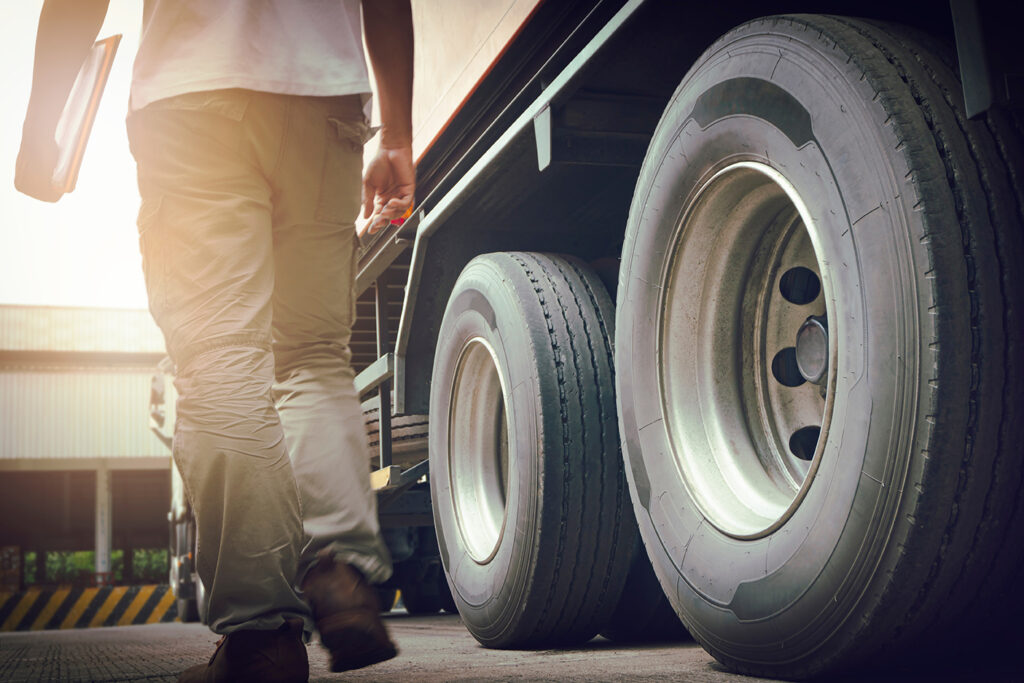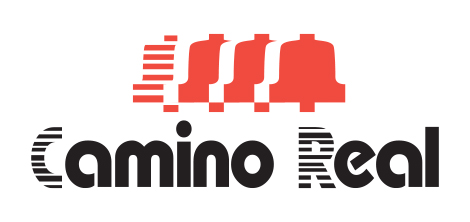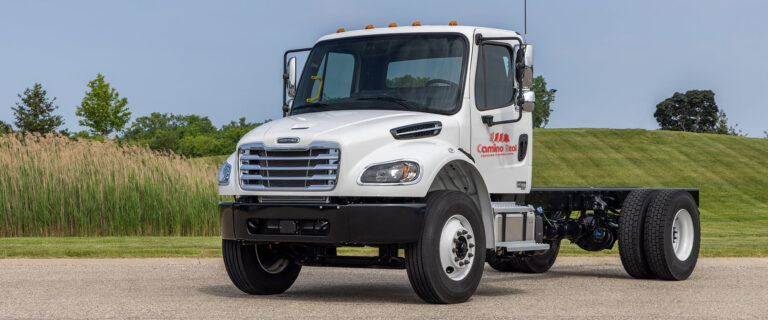Class A vs Class B CDL: Which One is Right for You?

Choosing the right commercial driver’s license (CDL) is one of the most important steps in starting your career in the transportation industry. In California, the two most common options are the Class A CDL and the Class B CDL. Both open doors to rewarding driving careers, but the type of license you earn determines the vehicles you can drive and the jobs available to you.
In this article, we’ll explain the key differences, costs, training time, and career opportunities for Class A vs Class B CDLs — so you can decide which path fits your goals best.
What Is a Class A CDL?
A Class A CDL allows you to operate the largest commercial vehicles, including:
- Tractor-trailers (18-wheelers)
- Truck and trailer combinations (with trailers over 10,000 pounds)
- Flatbeds, tankers, and livestock carriers
Career options with a Class A CDL include:
- Long-haul trucking (cross-country or interstate)
- Regional trucking routes
- Specialized freight (hazmat, oversized loads, tankers)
👉 Why it matters: With a Class A CDL, you’ll have access to the widest range of job opportunities and typically higher pay, but training is usually longer and more intensive.
What Is a Class B CDL?
A Class B CDL is designed for drivers who want to operate smaller commercial vehicles or single vehicles that don’t tow large trailers. Examples include:
- Straight trucks
- Passenger buses (city or school buses)
- Dump trucks
- Delivery trucks and utility vehicles
Career options with a Class B CDL include:
- City bus or school bus driver
- Local delivery driver
- Waste management driver
- Construction-related driving (dump trucks, cement trucks)
👉 Why it matters: A Class B CDL often means shorter training, quicker entry into the workforce, and more local routes — ideal if you want steady hours and to be home daily.
Key Differences: Class A vs Class B CDL
| Feature | Class A CDL | Class B CDL |
|---|---|---|
| Vehicles You Can Drive | Tractor-trailers, big rigs, combination vehicles | Straight trucks, buses, smaller commercial vehicles |
| Training Length | Typically longer, more intensive | Shorter, quicker completion |
| Career Path | Long-haul, regional, specialized trucking | Local driving, bus routes, construction, delivery |
| Pay Potential | Generally higher due to long-haul opportunities | Stable, but often lower than Class A |
| Lifestyle | Time away from home (long-haul) | More home time, regular schedule |
How to Decide Which CDL Is Right for You
When choosing between Class A and Class B, consider:
- Your career goals – Do you want to travel nationwide or stay local?
- Your lifestyle – Are you comfortable being away from home for days, or do you prefer evenings with family?
- Your budget and timeline – Do you want faster entry into the job market, or are you willing to invest more time for higher earning potential?
- Your interests – Do you prefer operating buses and local vehicles, or handling large trucks and cross-country loads?
Why Train at Camino Real Trucking School?
At Camino Real Trucking School in La Puente, California, we provide both Class A and Class B CDL training. With flexible class schedules, experienced instructors, and hands-on training, we help students prepare not only for the CDL exam but also for successful careers.
👉 Whether you choose Class A or Class B, our team will guide you through every step of the process — from enrollment to exam prep to career opportunities.
Conclusion
Both Class A and Class B CDLs open doors to stable, rewarding jobs in the transportation industry. The right choice depends on your career goals, lifestyle, and training preferences.
📞 Ready to get started? Contact Camino Real Trucking School today to speak with an advisor and find the CDL program that’s right for you.

